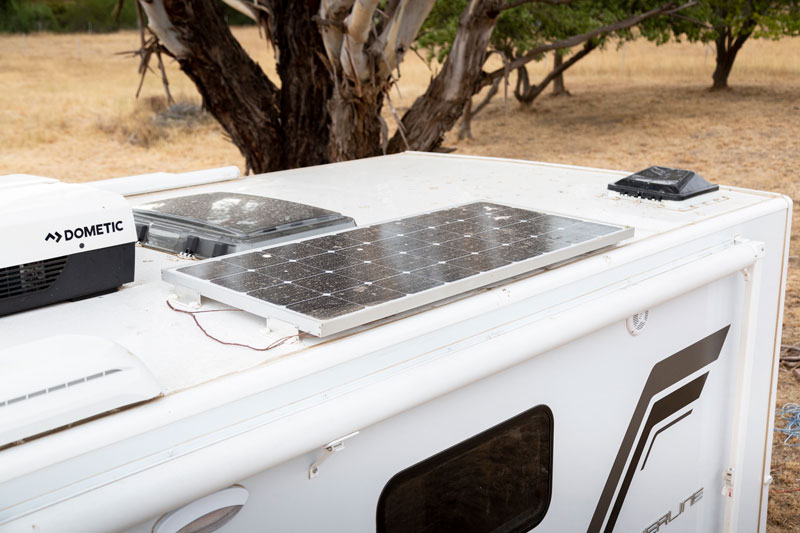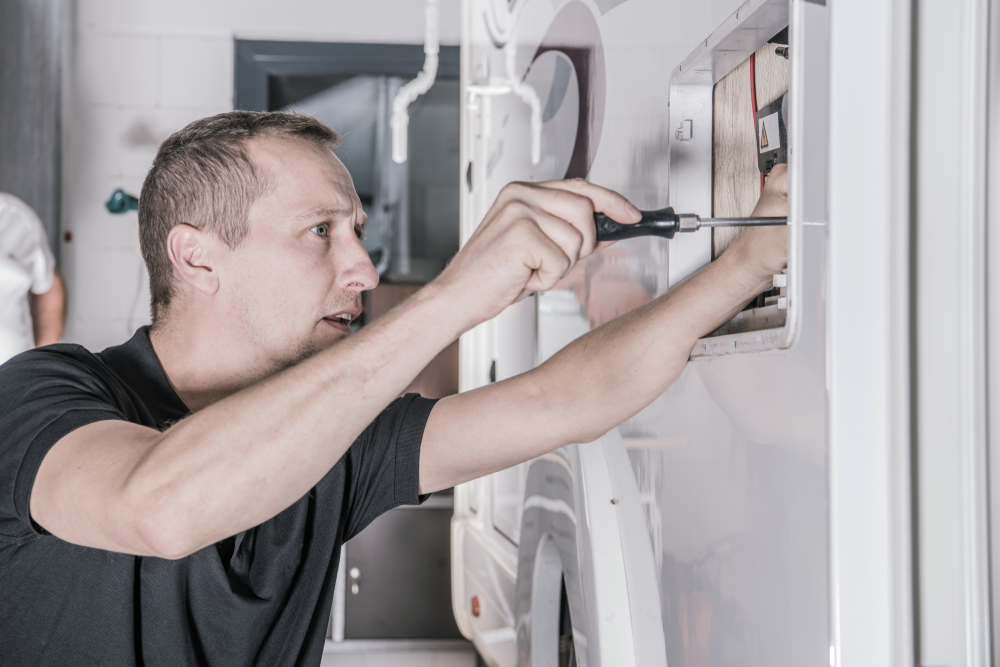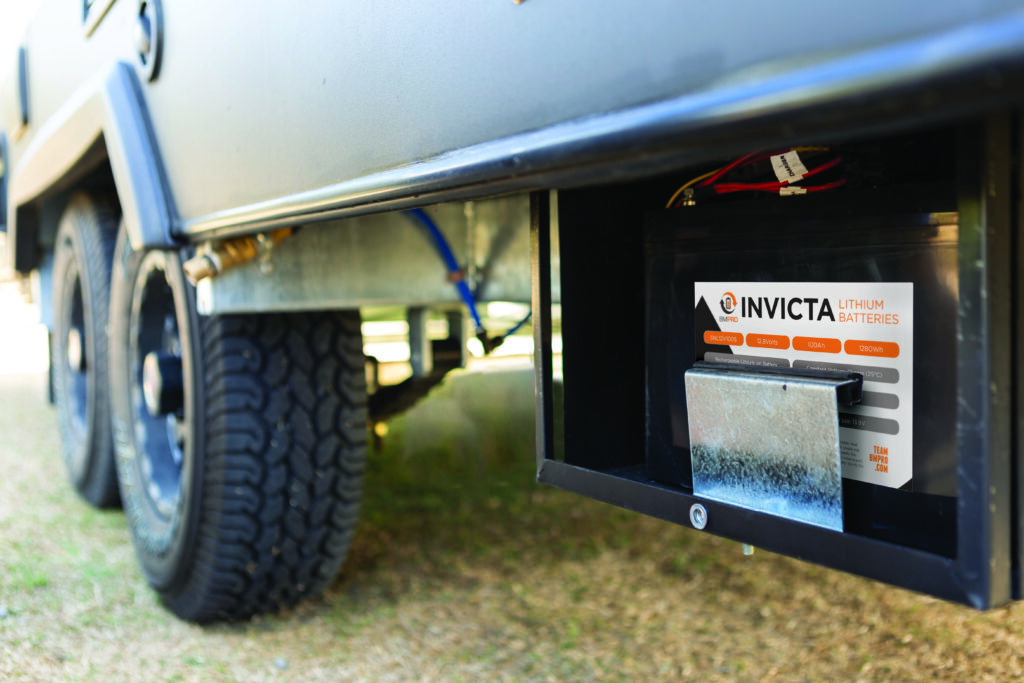
12V Guru – Optimising your Solar Power System
Solar Panels installed on your vehicle roof? Our 12V Guru discusses how to optimise their performance in place of buying more panels
Hi,
I am doing a rebuild of a mid-90’s 19’ off road caravan and I want to start the power system from scratch as the batteries are very old and the single solar panel would be out of date. I want to be able to get off grid for up to two weeks at a time. What do you recommend will be enough lithium battery and solar power to be able to run a 180L compressor fridge and the lights and so on for two weeks?
Graham, Slacks Creek QL
Hi Graham, sounds like a great project to work on, I hope this article can clarify the confusion and guide you in the right direction. A clean slate to start the project is always ideal as there are obviously a few things to keep in mind when first starting a project such as this including location of system, internal wiring, and the cabinetry you will be building around these.
Choosing the right fridge and understanding energy consumption: Let’s begin by discussing the setup style you’re referring to. If you plan to stay off-grid for long periods, a compressor fridge is your best option. These fridges are highly efficient, particularly in hot weather, and they handle rough terrain well. Caravan compressor fridges work like regular home fridges, using a compressor with moving parts to cool the interior. They can be powered by 12/24V and 240V sources. The power consumption of your fridge depends on whether it’s solely a fridge or a fridge/freezer and the settings you choose for each compartment.
Calculating energy consumption: Next, let’s consider the environment you’ll be traveling in. If you’re going through hot outback areas, your fridge will consume more energy as the caravan heats up each day. Generally, fridges are rated to consume between 2-5 amps per hour, but this can vary depending on the temperature outside and how frequently you open and close the door. Keep in mind that a compressor fridge at home typically runs around 20-30% of the time. However, caravans have less insulation, so adding extra insulation around the fridge’s internal cabinetry can reduce the need for it to cycle as often. Since fridges run continuously, I suggest assuming an average of 3 amps per hour, and to be safe, calculate with a 50% cycling factor. This gives you a total of 36 amp-hours (3Ahr x 24hr x 50%).
Balancing Power Needs: The majority of your energy usage will come from lighting and charging devices like phones and speakers. From my experience with off-grid camping, using LED lights and charging a few phones consumes only about one-third of what a fridge consumes. So, at most, you might consume around 48 amp-hours per day. This may seem like a significant amount of power, but it depends on four key factors: the quality of the fridge you buy (cheaper fridges tend to consume more energy), the ambient temperature, the installation of the fridge, and how you use it.
Replenishing Your Energy Reserves: The next thing to consider is how you’ll replenish the energy you use. The most practical solution is to use DC power from either a solar setup or your vehicle’s alternator. For example, if you use a BMPRO ProBoost40, it can provide up to 40 amps per hour to recharge your battery while you’re driving. Just traveling for about 2 hours a day will help replenish your battery from the car’s alternator. Additionally, you can harness solar power through the same device by installing 300 watts of roof-mounted panels (two 150-watt panels) while camping. This will further charge your batteries and keep them topped up.
Having the right solar panels can help you sustain your fridge’s power needs during cooler times of the day. However, keep in mind your planned camping spots. If you often choose shaded areas, roof-mounted solar panels may not work as effectively as portable panels that can be positioned towards the sun for optimal performance. I recommend considering a 200 amp-hour Lithium battery setup, which should provide ample storage capacity for your needs.
Trust, this provides you with some of the basics to get your renovation underway and what to consider.
Enjoy the project.
Like this post? Share it!

Solar Panels installed on your vehicle roof? Our 12V Guru discusses how to optimise their performance in place of buying more panels

Looking at installing your own 12V products such as a DC-DC charger and shunt? Our 12V Guru discusses connectors and what you need to know here

This is a guide to help understand the requirements of the new standard in relation to lithium battery

© 2020